Updating content can be an extra burden on your daily marketing routine. As a business owner, meaning someone running a company, you have a considerable workload, which includes devising marketing strategies, improving conversion rates, managing finances, dealing with shipping and returns, and more.
In this article, we will show you how evergreen content can effectively help you save time and resources.
What is Evergreen Content?
Instead of regularly uploading new content on your eCommerce website, you can do a bit of research and discover evergreen topics that don’t need constant updating. Creating evergreen content isn’t difficult, especially when you already have an idea of how content creation for eCommerce works.
To put it simply, targeting a product or, in other cases, adopting a style of writing that remains relevant and fresh for a long period of time, is an excellent strategy to save your valuable time in less productive matters. With evergreen content on your website, you can observe how said content is continuously receiving more and more engagement with time, even though you have not added or shared anything new for quite some time.
Evergreen Marketing VS Evergreen Content
Let us look at each concept in more detail to see what’s different about them, and what they have in common. They are not quite opposite to one another, but there are a few varying factors.
| Evergreen Marketing | Evergreen Content |
| Pertains to all marketing campaigns | Pertains exclusively to content marketing |
| Can take the form of ads, promotions, sales, etc. | Can take the form of SEO-optimized blog articles, landing pages, videos, tutorials, success stories, etc. |
| Not time-sensitive | Not time-sensitive |
| Not limited to seasonal campaigns | Not limited to seasonal content |
| The goal is to achieve sustainability in business growth | The goal is to achieve sustainability in business growth |
In short, if you’re wondering, what does “evergreen” mean in marketing – the term “evergreen” is used to denote marketing materials with no expiration date and long-term relevance.
The benefit of evergreen content is not merely time-saving – it also helps in optimizing your website to sustain its top position in Google Search results and define it as a valuable resource.
For example, if you sell custom products on an eCommerce store, you would need to do a thorough optimization of your store to reap the most benefits. Among the different methods you select, one could be guest posting while the other would be on-page SEO.
In both cases, if future trends are considered, and the content itself is optimized and evergreen, you should expect sustainable growth in your eCommerce store.
Evergreen Topics
To better understand evergreen content, we will provide you witch some examples of evergreen topics:
- 15 Common Mistakes in Advertising – bits and pieces of advice that newbies in advertising will always look up.
- How to Start Your Own Business – an evergreen How-to guide on a popular topic.
- A Step-by-Step Guide to Social Media Marketing – an evergreen post containing a list of this sort also has chances of getting on Google’s Rich Snippets.
Essentially, these are the kinds of topics that will always remain relevant and so, people will always be looking them up on search engines.
Ever wonder how to come up with such topics and how to create evergreen content? You can create such content by researching topics and keywords that are always relevant to your business niche and have a consistently high search volume.
What Isn’t Evergreen Content?
To better clarify what evergreen content is, here are a few types of content that cannot be considered evergreen.
- Newsletters.
- Seasonal blogs and articles.
- Content related to holidays or festivals.
- Statistical analysis reports.
- Fashion trend articles.
- Any piece of writing which is limited to a season, trend, or other temporary aspects.
So, if you’re looking for Evergreen Content, your topic should be valuable and a subject of special interest in the future.
Creating Evergreen Content
Following are the most relevant steps for creating evergreen content.
1. Find Keywords With Traffic
Basic SEO is all about keywords and keyword density. If you choose the perfect keyword, you can save yourself a lot of struggle. Keyword research is easily done on tools like SEMrush, Google Keyword Planner, Ahrefs, etc. where you can type in a certain keyword and it will display the entire data associated with that keyword including its search volume, competition, and region of interest.
2. Check Trending Keywords
Always pick a keyword with a high search volume but a lower competition, while keeping in mind that it should be relevant to your business and related to modern trends.
Keywords should be evergreen. That means you should always avoid using keywords that are temporarily in demand, such as seasonal keywords like “50% off halloween costumes”. You can use such keywords, but not as primary ones.
Temporary keywords lose their demand as the specific season goes away. Therefore, using temporary keywords as your primary keywords will automatically lower your website traffic.
3. Create Evergreen Content With SEO
SEO is not only about keywords. There are several factors that come into play while optimizing content. These include
- Easy readability;
- Easy to search for title;
- Keyword placement and density;
- A viral topic;
- Proper content structure including headings and a conclusion;
- Links, including both off-page and on-page links;
- Use of copyright-free images with meta tags;
- Meta title and meta description.
4. Update Evergreen Content Regularly
Last but not least, even though evergreen content lasts for a long time, it is still important to update it now and then.
Check if there are no outdated statistics, adjust the years, and make sure the content is still useful and up-to-date for the readers.
Evergreen Content Ideas
Content doesn’t necessarily have to be written text, it can be a video as well depending on your brand’s marketing strategy. However, evergreen content normally includes blog posts, articles, social media posts, emails, product descriptions, etc.
Video tutorials or advertisements are by far some of the best ways of marketing and promoting your business.
Evergreen content can also be used for creating email sequences (for welcome emails, cart abandonment emails, and more).
Examples of Evergreen Content
Some examples of evergreen content include
- Customer testimonials – word-of-mouth advertising is considered to be one of the most effective marketing strategies, so positive reviews, and customer testimonials are the perfect evergreen tool for raising brand image.
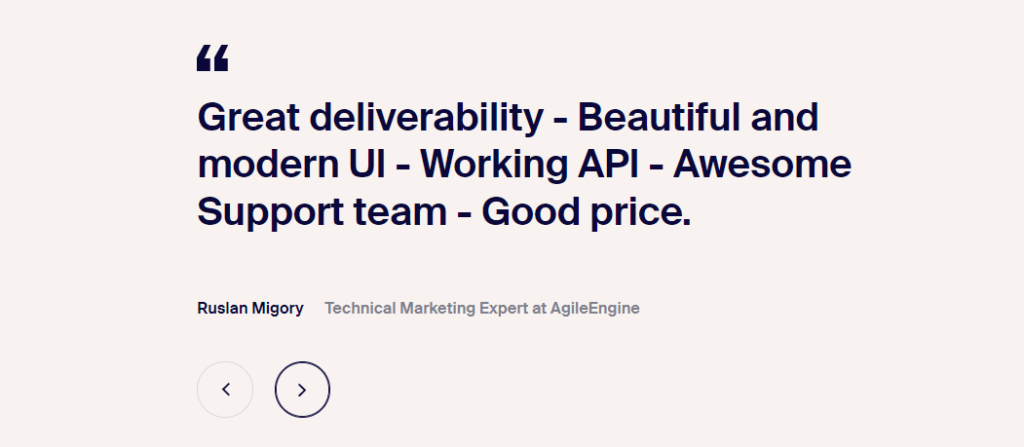
Image source: Sender
- “How To” guides and tutorials – tutorials are evergreen due to their utility as everyone always looks up “how to” do something, so it’s a perfect opportunity for ranking.
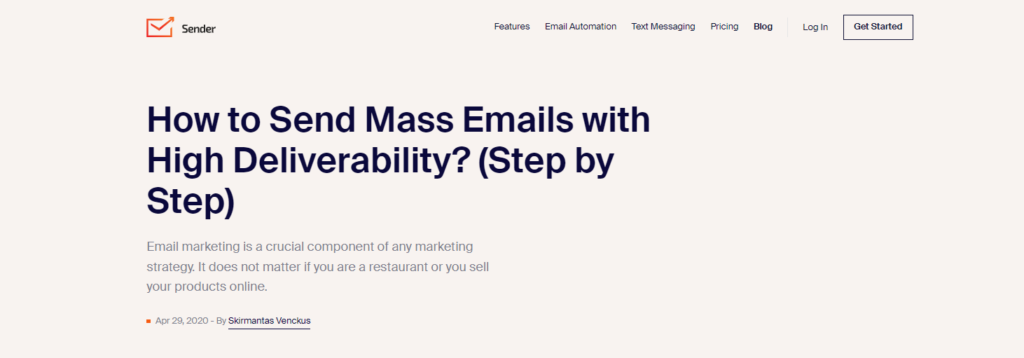
Image source: Sender
- Terminology glossaries – terminology rarely changes, which is why creating a glossary of terms relevant to your business is a must.
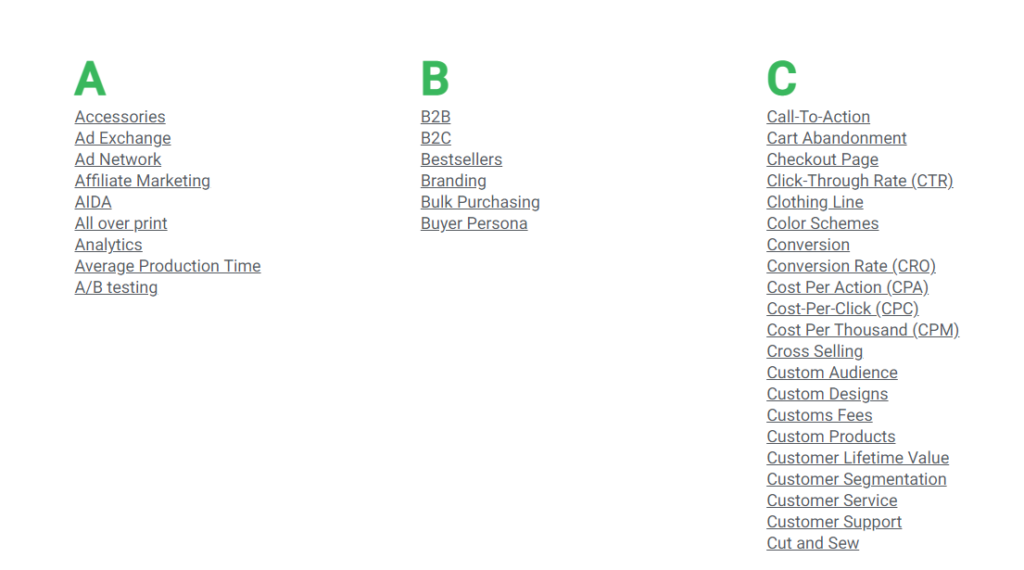
Image source: Printify
- FAQs – the keyword here is “frequently,” and answering such evergreen questions in your content is sure to improve your chances of ranking.
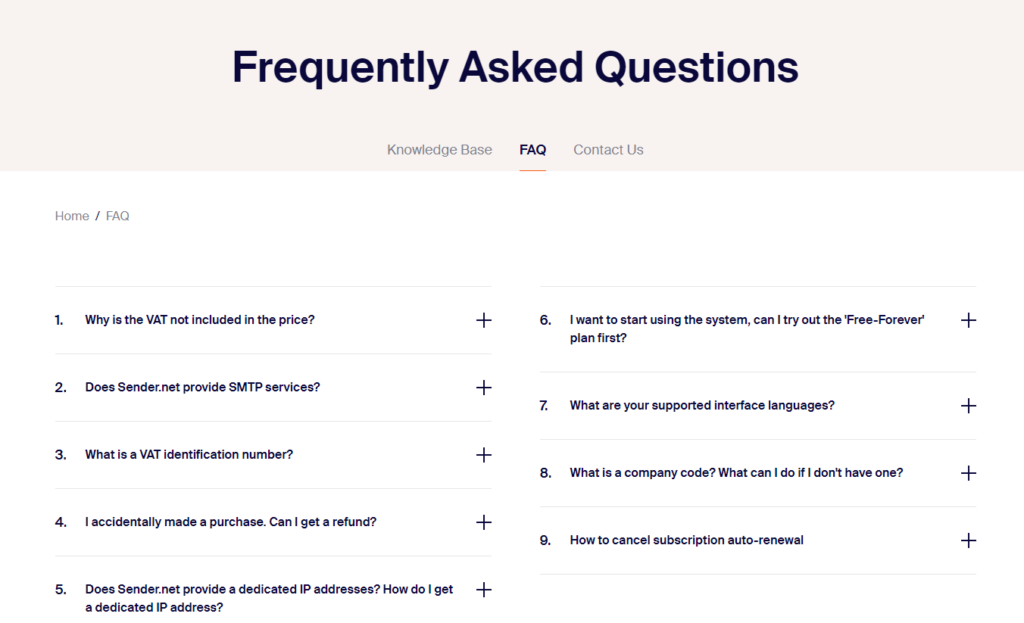
Image source: Sender
- Beginner’s guides – everyone is always a beginner at some point. That is the stage when curiosity, and thus search for content, is at its highest, so make sure the content your ideal customer is looking for is yours.
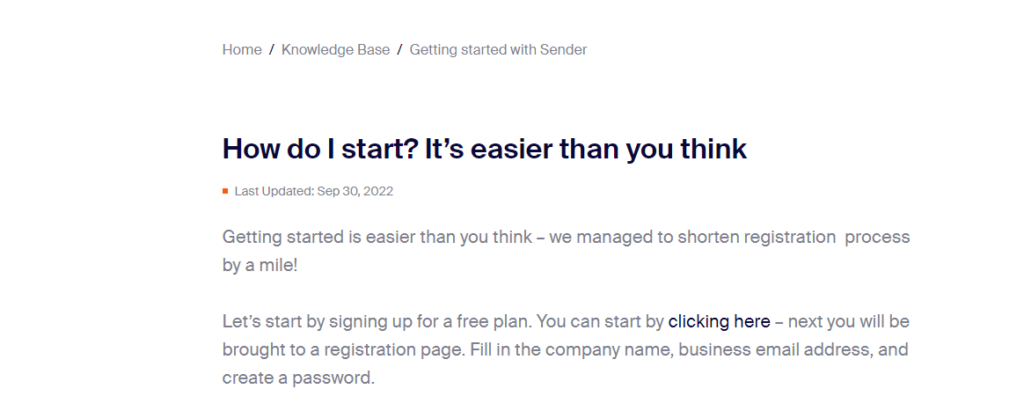
Image source: Sender
Tips for Writing Evergreen Content
Let’s go over a few tips that can help you create engaging evergreen content.
Different Forms of Content
Make sure to produce content that appeals to your audience and distribute it through various channels and forms. Some top tops we can give you are the following
- “How to” articles and video tutorials are highly in demand. Search for topics that you think include issues that your target audience faces normally. Do research on the topic and write content that features the solution to that problem. While writing “How to” articles, try to keep them within the circle of your brand as well. For example, you can write an article on the topic “How to benefit the most from popular Content Marketing tips for POD.”
- For a video tutorial, you can advertise your brand by arranging a proper setup, for instance, a host wearing your branded shirt and sharing well-researched tips on a relevant subject.
- Automated emails are also another fantastic way to keep close contact with your audience. Evergreen emails only need to be written once and can be used for a long time.
- Update your content as soon as you realize that people are no longer interested in the subject and need something new. Check the top-ranking content of your competitors to see what they have to offer that you could add to your content updates. Additionally, you can reuse content from one medium to another, for example, turn a blog article into a video script.
Avoid Using Keywords With a Short Lifespan
Some keywords to avoid in your evergreen content are
- Earlier this year – already after a year passes from the time your article was published, this phrase will be outdated. Better to use specific years, such as “In 2022…” etc.
- Last shopping season – again, it is better to be specific so your reader can determine which season is being discussed. Instead of this, choose to phrase it like “During the winter season of 2022…”
- In June – this can leave your reader confused once again. You should clarify the year, or if you’re discussing something recurring every year, make that clear by saying, for example, “Every year, in June…”
Key Takeaways
Creating evergreen content is neither difficult nor a piece of cake. It’s a balance between how you come up with ideas and discover topics that are constantly in demand. Here are some of the key takeaways from this article:
- You can always use Google Trends to check the search volume of your keyword ideas.
- Make sure your keywords and content around them are constantly relevant to your business.
- A good content marketing strategy can help you receive traffic and increase your conversions and sales. You should look ahead of time and learn to predict the future of certain trends in your field.
- Make sure to use evergreen phrasing in the content itself.
- When you learn about a new trend, start your research right away and draw an analysis of whether the trend has a sustainable future.
- Produce content accordingly and observe how rapidly you can reach the top Google Search results.
- If there is no progress in ranking on Google, make sure to audit and re-optimize your evergreen content.
Also read:
What is Email Content? Definition, Types & Examples
What is Dynamic Email Content? Definition, Guide & Examples
About the author:
Filip Nikoloski is a Partnership Specialist at Printify. Printify is a transparent print-on-demand and dropshipping platform designed to help online merchants make more money in a simple and easy way.
